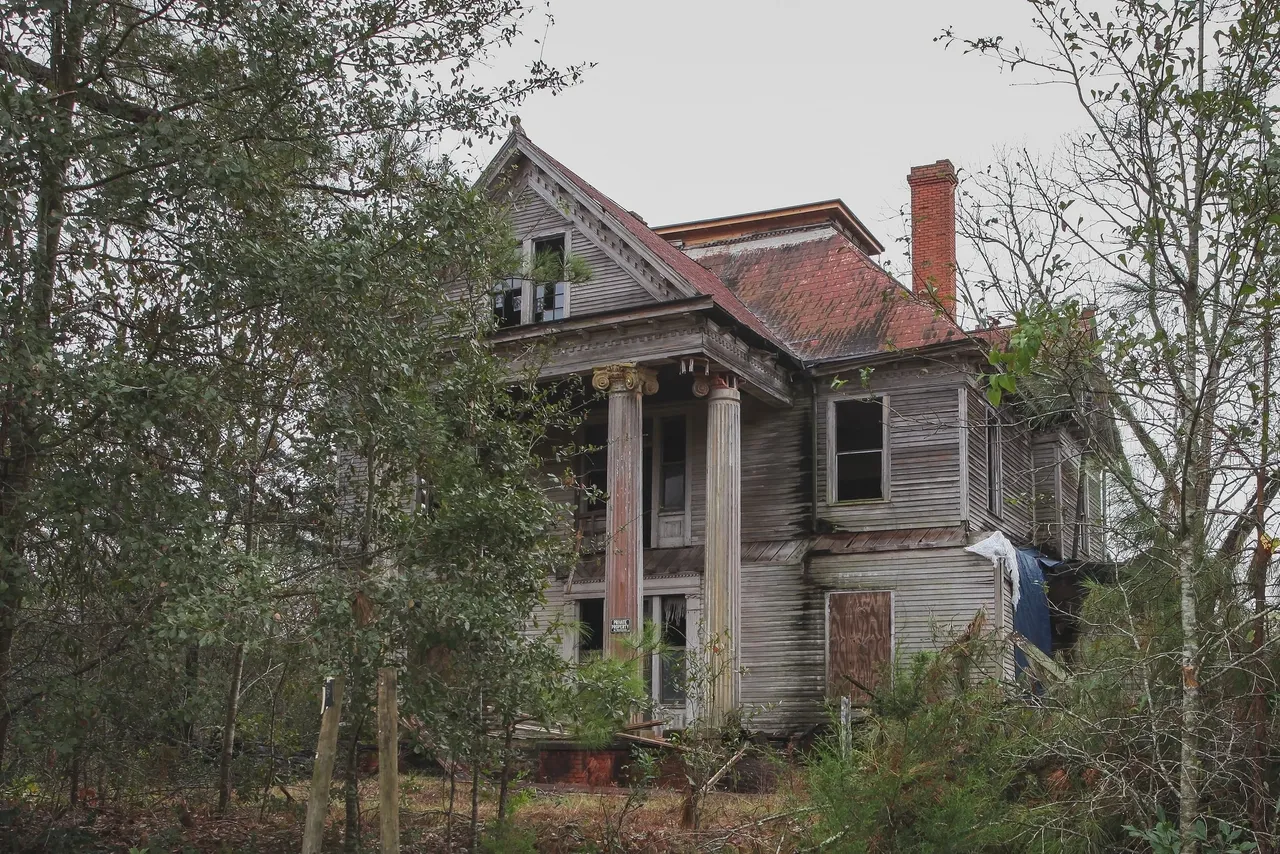The McRainey residence, standing as a symbol of the family’s prosperity and influence in the region, experienced significant changes through the decades. Following Malcolm Angus McRainey’s death and the property’s transfer to Effie Holt McRainey Fulgham, the dynamics of the estate’s ownership were poised to evolve further, depending on Effie’s decisions and the provisions laid out in Malcolm Angus’s will.

The stipulation that the estate would revert to the McRainey lineage upon Effie’s death introduces a complex layer of estate planning that could affect future generations. This foresight in Malcolm Angus’s will reflects a desire to preserve the family’s legacy and ensure the property remains within the family, even if indirectly through future descendants.

Effie’s marriage to Charles Fulgham and the birth of their daughter added new members to the McRainey lineage, potentially influencing the distribution of the estate in ways that might not have been fully anticipated by the original will. Depending on how the will was structured, this could lead to legal intricacies regarding the rightful heir to the estate, especially if Effie and Charles’s daughter was considered part of the McRainey lineage for the purposes of inheriting the estate.

As the property continued to symbolize the McRainey family’s past successes and regional influence, managing this inheritance responsibly would be crucial for maintaining the estate’s status and ensuring its future as a cherished family asset. How the family navigated these legal and relational dynamics would shape not only their relationships but also the broader narrative of their historical and economic footprint in Southwest Georgia.

The McRainey House, with its pioneering amenities and rumored secret features, embodies an era of innovation and mystery, making it not only a historical treasure but also a subject of local fascination. The introduction of indoor plumbing, electricity, and multiple bathrooms in the early 20th century marked a significant leap toward modern comfort, positioning the McRainey residence as a beacon of luxury and technological advancement in Baker County.

The presence of a brick cold storage house with thick walls further underscores the McRainey family’s commitment to embracing and investing in cutting-edge technology of the time. Such a structure would have been crucial for preserving food in the hot Georgia climate, demonstrating both practicality and an understanding of contemporary innovations in food storage.
The rumors of hidden doors and panic rooms add an element of intrigue and speak to the common practice of the era, where many homeowners included secretive elements in their architecture. These features, whether designed for security reasons or as architectural quirks, contribute to the mystique and allure of the property. Additionally, the existence of grand murals could indicate a taste for fine art and personal expression, suggesting that the house was not only a home but also a canvas for artistic and architectural experimentation.

The combination of advanced home features and rumored secretive elements paints a picture of the McRainey House as more than just a residence; it was a symbol of status, innovation, and mystery. For historians and local enthusiasts, the property offers a fascinating glimpse into the past lifestyles of the wealthy and innovative minds of the early 1900s, inspiring ongoing interest and preservation efforts to maintain its historical integrity and uncover more of its secrets.

The tragic narrative of the McRainey House and Mrs. Effie’s final years underscores the profound impact of cultural heritage loss, not only on historical landmarks but also on the individuals connected to them. The violation of such a private and historically rich space highlights the vulnerability of heritage properties, particularly those that may not be adequately protected or monitored.
With Mrs. Effie’s passing and the transition of ownership back to the McRainey descendants, there’s a poignant shift from loss and decay to revival and preservation. The family’s decision to undertake restoration efforts signifies a hopeful future for the McRainey House, emphasizing the importance of safeguarding cultural heritage for future generations. Such initiatives can serve as a catalyst for community engagement and pride, revitalizing interest in local history and possibly attracting support from historical societies, preservationists, and the public.

Restoring the McRainey House not only preserves a tangible piece of history but also honors the legacy of those who lived there, bridging the gap between past and present. The efforts to restore the house can help heal the wounds inflicted by its past misfortunes, turning a site of loss into one of celebration and learning. This endeavor may also inspire similar restoration projects in the region, reinforcing the value of heritage conservation in fostering a deeper connection with our collective past.
Photography By: Leland Kent of Abandoned Southeast

